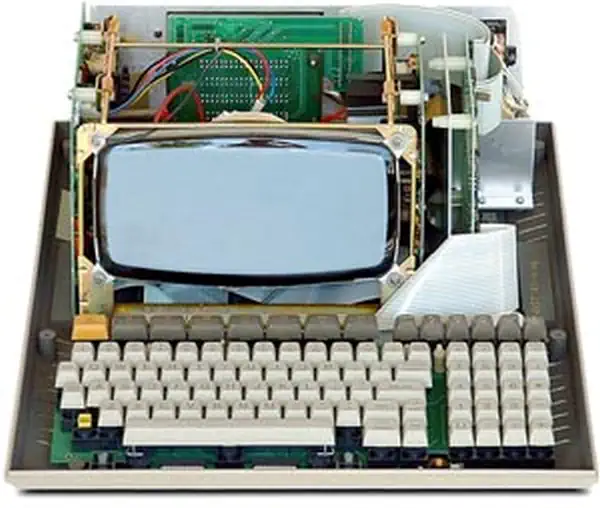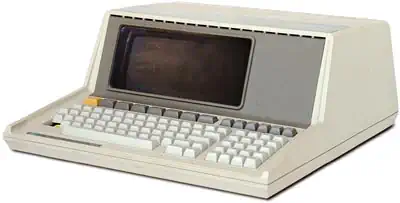Hewlett Packard Model 87
The Hewlett-Packard HP-87, introduced in 1982 as part of the Series 80 lineup, was designed to offer enhanced display capabilities compared to its predecessors. It featured a larger 9-inch screen capable of displaying 80 characters per line and 16 lines of text, with a graphics resolution of 256×128 pixels. Unlike the HP-85, the HP-87 did not include an integrated printer or tape drive, but it came standard with an HP-IB (Hewlett-Packard Interface Bus) interface, facilitating connections to external peripherals such as disk drives and printers. The base model was equipped with 32 KB of RAM, expandable up to 544 KB through additional memory modules. Wikipedia
The enhanced HP-87XM
In 1983, HP released the HP-87XM, an enhanced version of the original model. The HP-87XM came standard with 128 KB of RAM, providing users with greater capacity for complex applications. This model retained the larger display and built-in HP-IB interface, maintaining compatibility with a wide range of external devices. The HP-87XM was discontinued in October 1984, marking the end of its production run. HP Computer MuseumThe HP-87 series maintained the use of HP's proprietary processor architecture, running at a clock speed of 625 kHz. Despite the comparatively low processor clock frequency, the machines were quite advanced for their time, offering robust performance for various professional applications.

HP 87 running Basic
RAM max: 128kB
ROM: 32kB
128kB in the HP-87XM Sound Chip none Display 80x16 text
400x240 Graphics, built-in 9"x5" screen Best Text 80x16 Best Color monochrome Graphics 400x240 Sprites none System OS HP BASIC Storage External tape drive and Floppy Disk Drives

